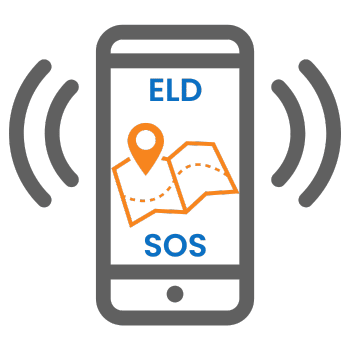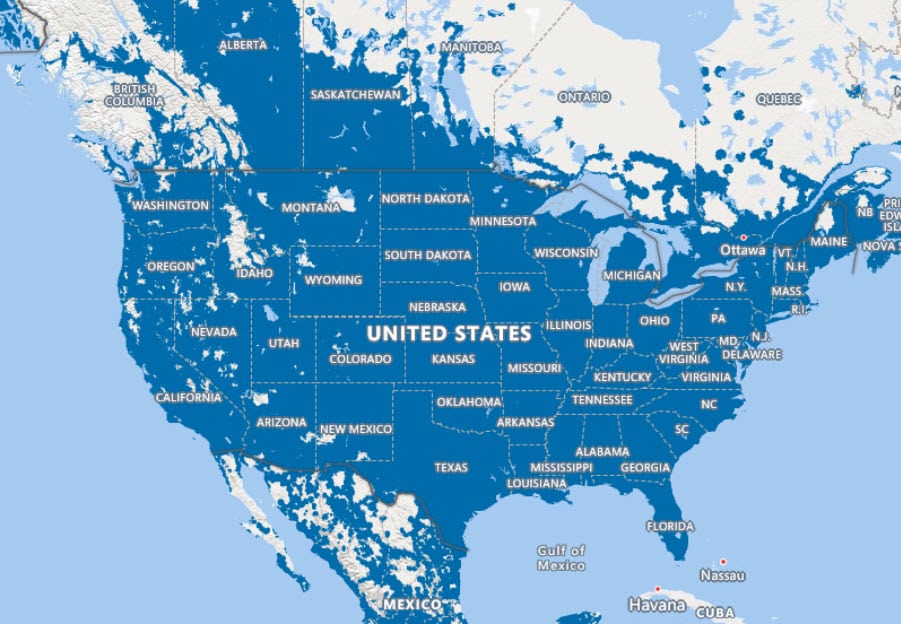Cellular Network Coverage Maps
Compare Voice & Data Coverage on Cellular & Satellite Networks Give us a CallCellular Coverage Maps
Cellular network service is divided into two parts, voice and data. You can have coverage on one but not the other. The bars on your cell phone represent the cellular coverage.
The cellular network coverage maps represent the general area where service may be anticipated. Variables such as phone type, weather, and terrain impact cellular coverage. The bars on your phone represent the voice coverage. There is not a visual indicator of data coverage although the differences between voice and data is getting much smaller. All coverage maps are approximations and do not guarantee service in a particular area.
What is a cellular network? A cellular network or mobile network is a communication network where the last link is wireless. The network is distributed over land areas called cells, each served by at least one fixed-location transceiver, known as a cell site or base station. This base station provides the cell with the network coverage which can be used for transmission of voice, data and others. A cell might use a different set of frequencies from neighboring cells, to avoid interference and provide guaranteed service quality within each cell.
GSM Carriers – AT&T, T-Mobile. [world standard]
LTE – Long Term Evolution 4G – 4th Generation, 5G – 5th generation
Understanding the coverage of the cellular network where your fleet operates is part of picking the right fleet tracking service. In situations where a GPS tracked vehicle is outside cellular coverage, the data is typically stored and uploaded later. Compare to satellite coverage.
Fleet Management Systems
Mobile App Tracking
Truck & Equipment Tracking
What is a cellular network? A cellular network or mobile network is a communication network where the last link is wireless. The network is distributed over land areas called cells, each served by at least one fixed-location transceiver, known as a cell site or base station. This base station provides the cell with the network coverage which can be used for transmission of voice, data and others. A cell might use a different set of frequencies from neighboring cells, to avoid interference and provide guaranteed service quality within each cell.
GSM Carriers – AT&T, T-Mobile. [world standard]
LTE – Long Term Evolution 4G – 4th Generation, 5G – 5th generation
Understanding the coverage of the cellular network where your fleet operates is part of picking the right fleet tracking service. In situations where a GPS tracked vehicle is outside cellular coverage, the data is typically stored and uploaded later. Compare to satellite coverage.
Iridium Network Coverage Map




















